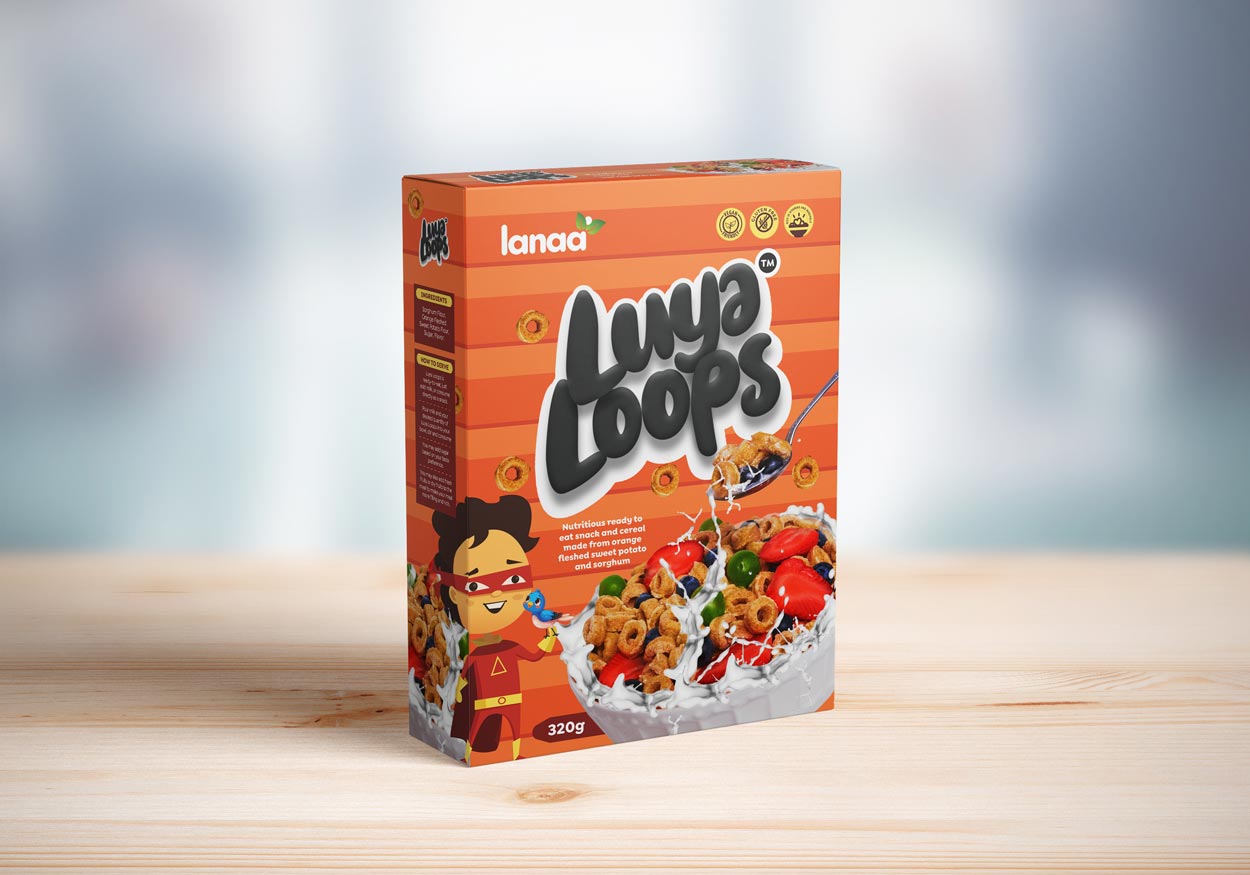If your brand could speak what stories would it tell? A good storyteller draws you in, a better one puts you in their shoes, a great one makes you feel the pain from every jagged rock, stone, and piece of gravel they come across, feeling you with the hope of redemption.
According to Author of StoryBrand – Donald Miller, when you are storytelling to an audience there are some basic pillars you need to stick to and the biggest one is “You are not the hero of the story”, do not position your brand as the solution to the problem instead project your brand as the guide that helps the consumer fix the problem.







What is storytelling in branding and marketing?










Why stories matter & storytelling should be a priority for marketers
Engagement: Stories captivate attention and engage audiences far better than a list of features or benefits. When people are emotionally invested in a story, they are more likely to remember and share it.
Differentiation: In a crowded marketplace, storytelling sets brands apart by showcasing their unique values, mission, and personality. It helps brands stand out and be memorable.
Building Trust: Stories can build trust by showing the human side of a brand, its values, and the people behind it. When customers feel connected to a brand's story, they are more likely to trust and remain loyal to it.
Emotional Appeal: Emotions drive decision-making, and storytelling evokes emotions effectively. Positive emotions associated with a brand story can lead to increased customer loyalty and advocacy.
Memorability: Stories are easier to remember than facts and figures. A well-crafted brand story can stay with customers long after they encounter it, reinforcing brand identity and values over time.
Relatability: Stories allow brands to connect with diverse audiences by tapping into universal themes and experiences that resonate with people across different backgrounds and cultures.
Overall, storytelling humanizes brands, fosters deeper connections with audiences, and contributes to long-term brand success in marketing and branding efforts.






How to use storytelling in your marketing
To use storytelling in your marketing and branding, you need to identify exactly what type of voice they want to use – Brand tone/voice, clarify the message you want to pass across – Brand message, Identify why the audience should care and let them know it all.
Using storytelling in your marketing involves strategically integrating narratives into your marketing campaigns and communications to engage and connect with your target audience. Here are practical steps to help you use storytelling effectively in your marketing efforts:
Understand Your Audience: Start by understanding your target audience's demographics, psychographics, preferences, pain points, aspirations, and interests. This knowledge will guide you in crafting stories that resonate with and appeal to your audience.
Define Your Brand Story: Identify your brand's unique story, including its history, values, mission, vision, and what sets it apart from competitors. Develop a compelling narrative that communicates your brand's essence and connects emotionally with your audience.
Identify Key Messages: Determine the key messages or themes you want to convey through storytelling. These messages should align with your brand story, value proposition, and marketing objectives.
Choose the Right Channels: Select the most appropriate marketing channels and platforms to share your stories based on where your target audience spends their time online and offline. This may include social media platforms, blogs, email marketing, video platforms, podcasts, events, and more.
Craft Compelling Storytelling Content: Develop storytelling content that captures attention, engages emotions, and communicates your key messages effectively. This content can take various forms such as blog posts, social media posts, videos, podcasts, infographics, case studies, customer testimonials, and interactive experiences.
Use Visuals and Multimedia: Enhance your storytelling content with visuals, multimedia elements, and interactive features to make it more engaging and memorable. Use high-quality images, videos, animations, infographics, and user-generated content to complement your narratives.






Brand storytelling can be told in different ways. For example, Stories about how your company has managed to help customers by providing them with an effective solution to a problem or you can use a narrative to convince people to use your products in a relatable story, based on the voice of your audience.
In conclusion, the ultimate goal of storytelling is to inspire and encourage the buying of a product or draw people into your store, regardless of the timeframe.






